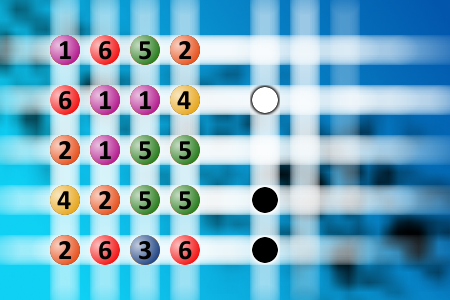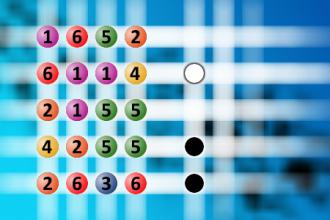What a winning combination?
The computer chose a secret code (sequence of 4 digits from 1 to 6). Your goal is to find that code. Black circles indicate the number of hits on the right spot. White circles indicate the number of hits on the wrong spot.Correct answers: 27
The first user who solved this task is Nasrin 24 T.
#brainteasers #mastermind

The Watch
Little Johnny sees that his friend at school has a new watch so he asks him how he got it.
"I waited until I heard the bedsprings squeaking in my folk's bedroom and then I ran in. My father gave me a watch to get rid of me.", replied the little friend.
Little Johnny, thinking that this was a cool idea waited that night until he heard the bedsprings squeaking rhythmically and then ran into his folk's bedroom.
"What do you want!", asked the father gruffly.
"I want a watch!", said Johnny.
"Well sit down and shut up!", replied the father.

